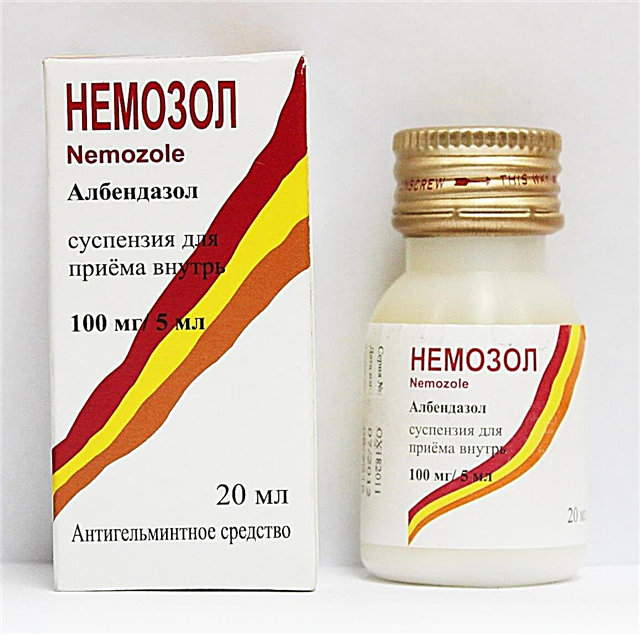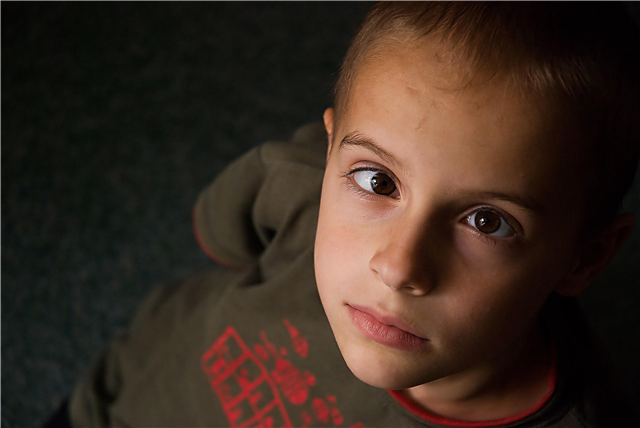Plasma cells should not be present in the blood of adults; for babies, their presence is allowed. Several units can be detected even in the absence of a threat from infections.

Child
The role of plasma cells
Plasma cells are among the white blood cells that are responsible for immunity. Their main task is the production of immunoglobulins or antibodies. They are formed when the body is attacked by bacteria, viruses, toxins, anything that is dangerous for children and adults. Such foreign substances are called antigens.
Note! Antibodies produced by plasma cells are the body's immune response to a threat. They attach to antigens and prevent them from harming the body, and also contribute to the destruction of foreign agents.
Most often, plasma cells are located in the lymph nodes, are concentrated in the spleen, and are fixed in the red bone marrow. In the latter case, they affect the formation of stable, most often lifelong immunity to certain diseases. Cells memorize a dangerous substance, the next time they collide with it, you will not have to recognize it, so it can be destroyed much faster and easier.
The appearance of plasma cells in the blood of a child
Lymphocytes are converted to plasma cells if the body is threatened. When an antigen enters it, a signal is sent to the brain, warning of the danger. Group B lymphocytes, indispensable for the formation of immunity, are concentrated in the lymph nodes, activated, and later converted into plasma cells.
It turns out that plasma cells are transformed B-lymphocytes, some of which become active, what is a prerequisite for eliminating a health threat:
- Some produce antibodies that fight a harmful agent;
- Others turn into memory cells. They are necessary in the event that the same antigen enters the body again. Then they give a signal, and the fight against the dangerous substance begins. Immune memory works for months or years. Sometimes it persists until the end of life. Plasma cells themselves die quickly enough, after 2-3 days they are not detected in the blood.
Normal blood test values
In an adult, plasma cells should not be seen when examining blood. Their detection speaks of a pathology, the cause of which must be established immediately. In children, the situation is somewhat different:
- For newborns, it is considered normal if there are plasma cells, but their number does not exceed 2% of the total volume of other cells;
- In matured babies, single similar cells can be observed. So, if there is one plasmacyte for 200-400 leukocytes, this is not considered a pathology.
Doctors always recommend retaking a blood test and then, if necessary, prescribe additional examinations. It is possible to detect the presence of plasma cells using a general blood test. The material is taken from the finger, preferably on an empty stomach, so as not to affect the reliability of the results.

Collection of material for analysis
The main thing is that the child is not tired, exhausted, you need to take care that he does not scream and cry. Even emotional experiences can change the result. The doctor examines the test results and, if abnormalities are found, finds out the cause. Only a specialist can understand if the values are normal, or if the baby needs medication.
Increase in plasma cells
Detection of plasma cells in the blood of a child in excess of the established norm may indicate the development of one of the following diseases:
- A viral infection such as measles, rubella, chickenpox, mononucleosis
- Autoimmune abnormalities;
- Tuberculosis;
- Streptococcal infections. They represent a group of pathologies, it is not always possible to immediately find out the cause of the ailment. So scarlet fever is caused only by streptococci, so at the first sign the doctor prescribes the necessary antibiotics. With inflammatory processes in the throat, it is impossible to find out what exactly provoked the disease by analyzing the blood. Most often, children have streptococcal sore throat;
- Staphylococcal infections. As a result of bacteria entering the body, a number of symptoms appear, in particular, diarrhea, nausea and vomiting. The child becomes lethargic, refuses to eat. Staphylococcus aureus can affect the mouth, throat, skin, genitourinary system;
- Flu;
- Fungal infections;
- ARVI.
The higher the value of the indicator, the more dangerous the pathological process. Only a doctor can determine the reason for the increase. He will evaluate all the indicators in the resulting analysis in aggregate, examine the child, it is his well-being and the presence of additional symptoms that are of great importance. If this is not enough to make a diagnosis, the necessary additional research will be carried out.
Note! Most often, in children, plasma cells grow with colds, as well as viral infections that babies usually get sick with: measles, rubella and chickenpox.

Chickenpox in a child
The rate may remain elevated for several days. Even after a complete recovery, the cells can be seen on blood tests. They quickly die, and everything returns to normal. If, during retake, a high value of the studied indicator is again observed, this indicates a pathology.
In children, immunity is just being formed, constantly meeting with various infections. That is why an insignificant presence of plasma cells in the blood is considered the norm. They can also appear after vaccination, this indicates that the immune defense has appeared and will begin to work when a threat to the body arises. Therefore, when 1 or 2 plasma cells per 400 others are found in the blood of a child, this does not mean that a pathological process is taking place. It is only required to undergo a survey after a few days to make sure that the value of the indicator does not increase.
Additional diagnostic methods
To determine the number of plasma cells in the blood, blood is taken from a finger. This is the simplest and most inexpensive analysis to assess the child's condition. Based on the results, you can understand from which side the threat came, the body is attacking, for example, viruses or bacteria. If all indicators are normal, then additional research is needed to establish the cause of the pathological condition. Blood from a vein is also examined, but it is much more difficult to carry out a sampling in children. Moreover, it is a great stress for the child. Therefore, they try to do with capillary blood.
It is possible to identify the causative agent of the disease using the PCR method. Laboratory assistants take a sample from the material taken and, using special enzymes, copy DNA and RNA. Even if the disease has just begun, the method allows you to detect it. He will also notice several molecules of a dangerous pathogen in the absence of alarming symptoms.
Dangers and consequences
With the timely treatment of infectious pathologies, it is easy to avoid dangerous consequences. It is not scary if several plasma cells are observed during illness and malaise. They may remain even after the symptoms disappear for two to three days. This only confirms the presence of a dangerous agent and the fight of the immune system with it. If, during retake, all indicators are normal, then you should not worry, the inflammation is eliminated. When deviations are found again, the cause must be found. Otherwise, infectious processes can develop into chronic ones, this will affect the quality of life of the child and his parents.
Note! You do not need to self-medicate, you need to trust a specialist in decoding analyzes and making a diagnosis. You cannot take antibiotics and other medicines on your own. Only the doctor determines the appropriateness of their appointment and selects the required dosage.

Child at the doctor's appointment
The higher the content of plasma cells, the more dangerous the condition and the higher the threat to the health and life of the child. It is bad when there are no symptoms, such as sore throat, fever or rash, and the baby has not been sick in recent days. In this case, the presence of cells from a number of leukocytes, especially if they have a large percentage in the total number of others, may indicate the course of serious diseases that require immediate medical attention.
Plasma cells in the blood of a child can always be present. It is not considered a pathology when multiple units are found. Imperfect immunity of babies is formed, adapting to the world and many infections, therefore, plasma cells remain active, working to protect the body.



